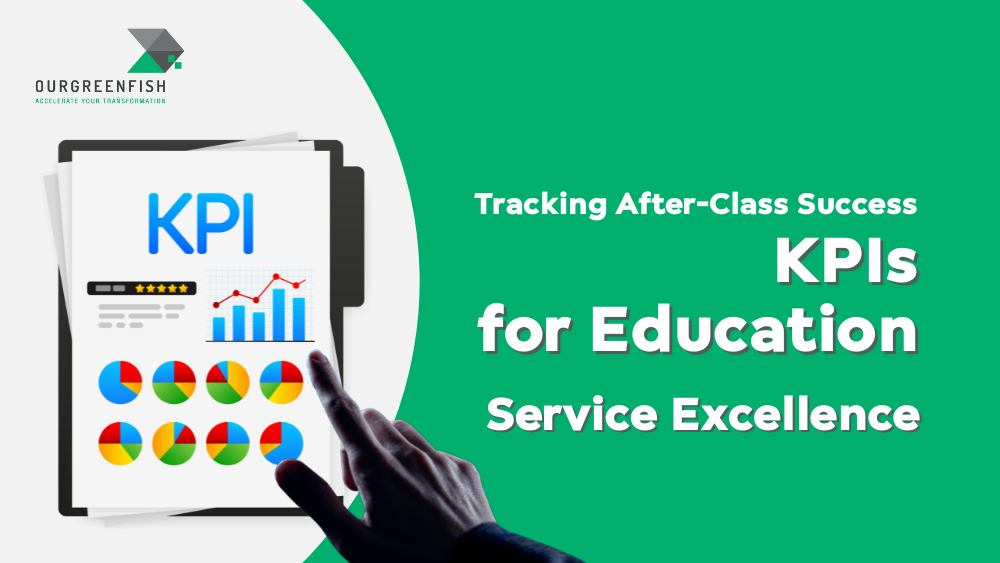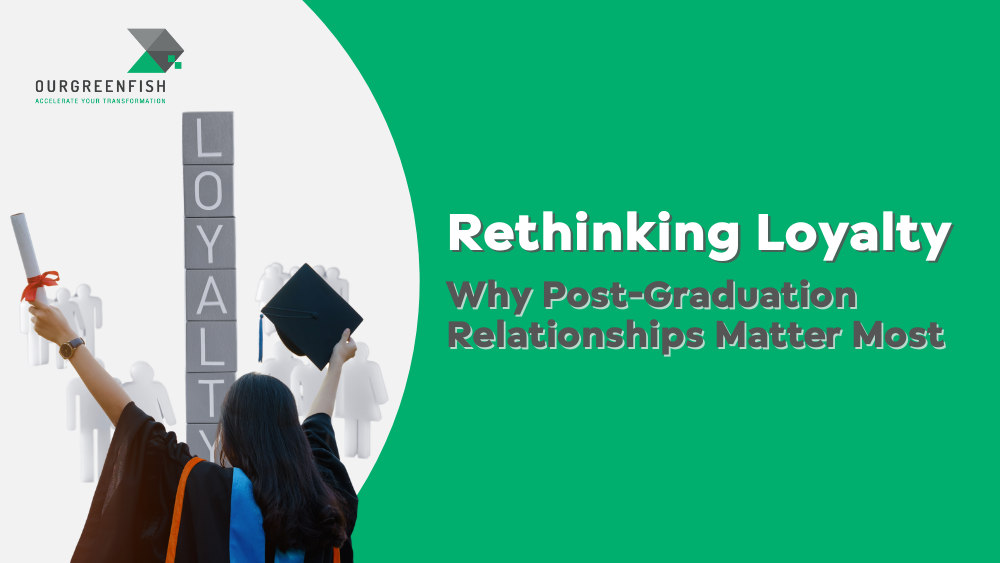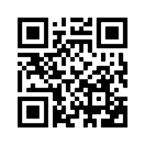In the fast-evolving education sector, what happens after the classroom experience is becoming just as critical as the experience itself. Institutions are now expected to deliver not only academic value but also a seamless, measurable, and personalized journey that extends beyond lessons. This shift has made KPIs for education service excellence a strategic imperative particularly for organizations that offer short courses, hybrid learning programs, or lifelong education services.
Why After-Class KPIs Matter
After-class experiences often determine whether learners return, refer others, or disengage entirely. Unlike traditional academic assessments that focus on test scores, after-class KPIs track service quality, responsiveness, and learner loyalty helping educators gauge real-world impact.
In this context, performance metrics aren’t merely administrative. They form the foundation of strategic planning, customer relationship management, and brand positioning in an increasingly competitive market.

Core KPIs That Reflect Education Service Excellence
Let’s explore several KPIs that forward-thinking institutions are using to assess the post-class experience
- Satisfaction Score (CSAT/NPS)
Definition: Measures how satisfied students are with their learning experience, support services, and outcomes. Typically collected via surveys.
- Net Promoter Score (NPS) asks, “How likely are you to recommend us?” and helps benchmark institutional loyalty.
- Customer Satisfaction Score (CSAT) reflects immediate reactions to specific interactions (e.g., post-session support).
Why It Matters: High satisfaction correlates strongly with repeat enrollments and referrals. A Bain & Company study showed that increasing NPS by 12 points could double growth rate in service businesses.
- Response Time to Queries
Definition: Tracks how quickly support teams respond to student inquiries, whether by email, chat, or LINE CRM.
- In HubSpot, you can automate ticketing systems and monitor SLAs (Service-Level Agreements).
- Real-time dashboards allow teams to resolve delays and meet expectations.
Why It Matters: A Zendesk report found that 65% of customers consider fast response time to be the most important aspect of good service. In education, it reflects commitment and trustworthiness.
- Repeat Enrollment Rate
Definition: The percentage of learners who enroll in additional courses or renew services within a set timeframe.
Why It Matters: This KPI acts as a proxy for lifetime value and customer loyalty. High repeat rates indicate strong curriculum-market fit and service satisfaction.
- Platforms like HubSpot CRM can segment and track re-enrollment journeys over time using automation workflows.
- Integration with learning management systems (LMS) enables complete student lifecycle tracking.
- Completion-to-Certification Ratio
Definition: The number of students who complete the course and successfully obtain certification, compared to total enrollment.
Why It Matters: A low ratio can indicate friction points in delivery such as unclear expectations, poor onboarding, or lack of support. High-performing programs ensure that students don’t just start but finish with success.
- Learner Engagement Score
Definition: Composite score derived from participation in post-class discussions, quiz completion, feedback form submission, and interaction with course materials.
Why It Matters: Engagement is a leading indicator of satisfaction and retention. With HubSpot’s marketing automation tools, institutions can track which content or follow-ups drive the most action and where drop-offs occur.
From Tracking to Strategy: Building a Centralized Performance Dashboard
Why Centralization Matters
Many educational providers still rely on spreadsheets or disconnected systems to track performance. This leads to siloed data, missed opportunities, and an inability to act in real time. Enter HubSpot’s CRM ecosystem, a tool that not only centralizes your data but contextualizes it into executive-ready dashboards.
Key Features for Education Service Providers
- Customizable KPIs by Lifecycle Stage
- From inquiry to post-course follow-up, define metrics relevant to each journey phase.
- Example: Track satisfaction after onboarding separately from post-completion reviews.
- Smart Segmentation
- Use behavior-based triggers to group learners into high-risk, high-opportunity, or dormant segments.
- Automate re-engagement emails or upsell campaigns accordingly.
- LINE Integration via Ourgreenfish Solutions
- Sync LINE Official Account messages with HubSpot CRM to centralize conversation history and response time metrics.
- Sync LINE Official Account messages with HubSpot CRM to centralize conversation history and response time metrics.
- Visual Dashboards for Decision-Makers
- Drag-and-drop interface enables real-time access to metrics like repeat rate or CSAT trends.
- Executive-level reports are updated automatically—no more chasing spreadsheets before board meetings.
- AI-Powered Forecasting:
- With predictive analytics, forecast enrollment dips or spot rising performers.
- For example, Ourgreenfish’s AI-optimized content strategies helped education clients achieve a 70% email click-through rate uplift
Continuous Improvement through Data
The value of these KPIs doesn’t stop at tracking; they inform strategy iteration.
- Course Design: High dropout before Week 3? Redesign the syllabus pacing.
- Service Recovery: Spike in dissatisfaction from a particular cohort? Flag and investigate.
- Resource Allocation: Find out which post-class content (e.g., guides, videos) drives engagement, and scale it up.
Institutions that operate with a data-first mindset can pivot faster, serve better, and scale sustainably.
Real-World Application: HubSpot in Action
In the HubSpot State of Marketing 2025 Report, marketers using centralized CRM and AI tools outperformed peers across sectors, including education. Benefits included
- 99% increase in inbound leads within six months.
- 143% increase in web traffic within a year.
- 80% better management of multi-channel campaigns.
These results stem from unified customer data, real-time analytics, and AI-enhanced engagement tools, a model that’s easily replicable in the education sector.
Final Thoughts
KPIs for education service excellence are no longer just academic metrics—they are business-critical signals. Institutions that invest in real-time tracking, centralized dashboards, and automated reporting tools like HubSpot are better positioned to enhance learner experience, drive repeat revenue, and make strategic decisions with confidence.
At Ourgreenfish, we specialize in integrating HubSpot CRM, LINE CRM, and AI-powered dashboards tailored to the education sector. Whether you're a university, tutoring center, or EdTech startup, our data-led approach can help you measure what truly matters—learner success beyond the classroom.
References :
HubSpot. (2025). State of Marketing Report. Retrieved from https://www.hubspot.com/state-of-marketin
Read more articles :
Contact us
Tel : +66 2-0268918
E-mail : contact@ourgreen.co.th
Website : ourgreenfish.com

.webp?width=158&height=85&name=New-logo-Ourgreen%20(1).webp)
















No Comments